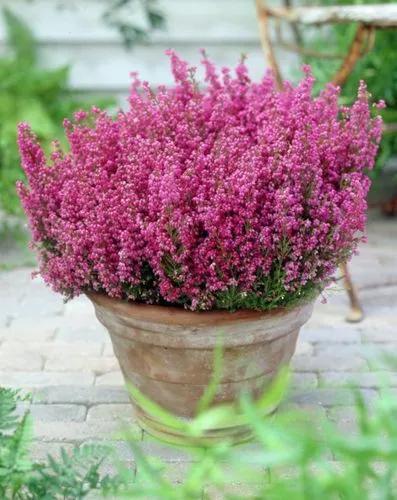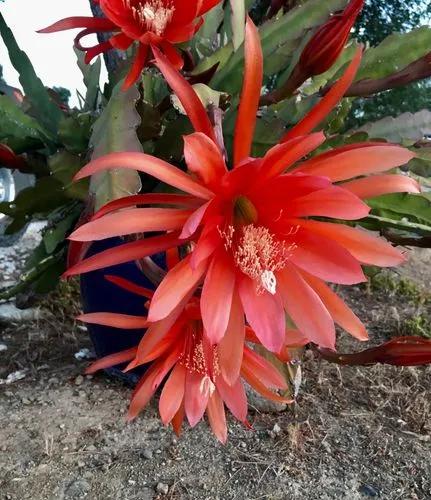Begonias are tender perennials, grown for their colorful flowers and foliage. Most begonias can be grown outdoors in pots, in the ground, or in hanging baskets in filtered light and moist, but well drained soil. Where not hardy, grow as annuals or indoors as houseplants. Most begonias can be propagated from leaf, stem or rhizome cuttings in addition to being sown from seed. ‘Corallina de Lucerna’, also known as ‘Lucerna’, is a upright, tall begonia has many red pendulous flowers and unincised green leaves. The stem is cane-like with evenly spaced nodes. This plant enjoys filtered light but can take some sun in winter. Soil should ideally be moist. Begonias grow very well in peat-based compost also. Likes humidity. Does not like cold weather.
Begonia Corallina Care
Begonia Corallina De Lucerna



How to Care for the Plant

Water

Water thoroughly, allowing the top 1 in (2.5 cm) of soil to dry out between waterings.

Fertilizer

Feed every 2 weeks in spring and summer with high-potassium liquid fertilizer diluted by half. Take care to fertilize when the soil is already moist to avoid fertilizer burn.

Sunlight

Lots of bright light, even direct sun unless it’s very strong. This plant doesn’t do well in darker spots of the room.

Soil

normal potting soil and perlite

Temperature

Average room temperatures 65-75°F/18-24°C. Begonias are not cold-tolerant and can be damaged by temperatures below 50°F/13°C.

Additional

Begonias are toxic to pets, according to the ASPCA, though the most toxic portions of the plant are the underground tubers and roots.

Popularity

76 people already have this plant 21 people have added this plant to their wishlists
Discover more plants with the list below
Popular articles






